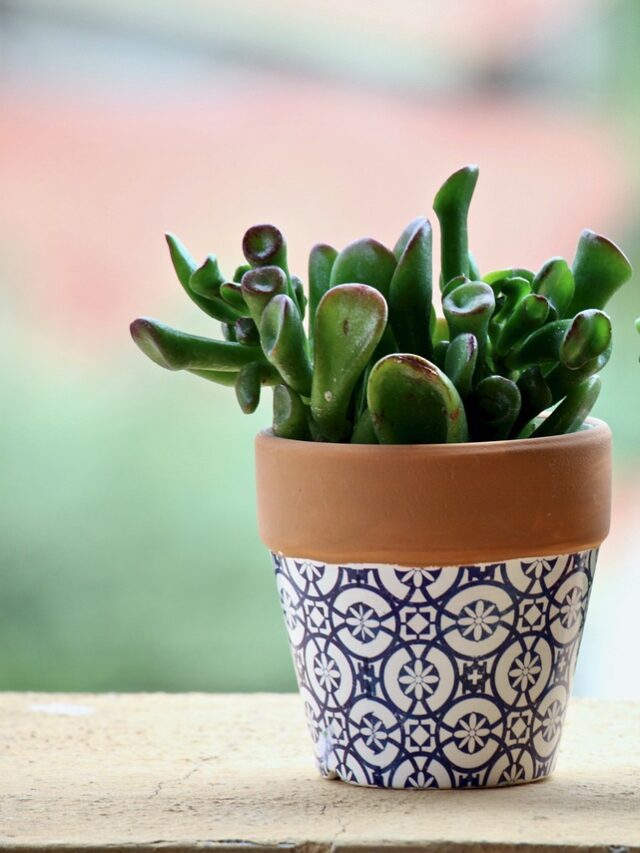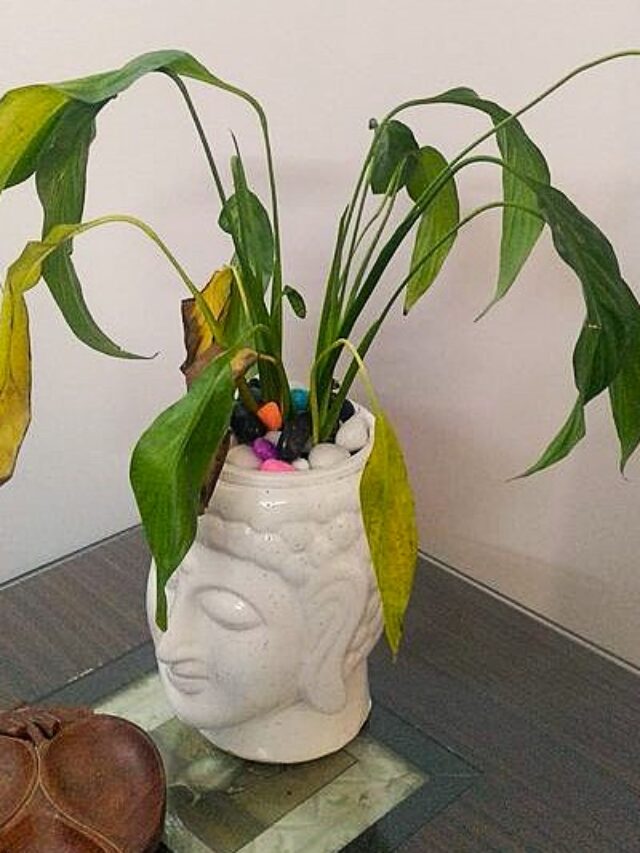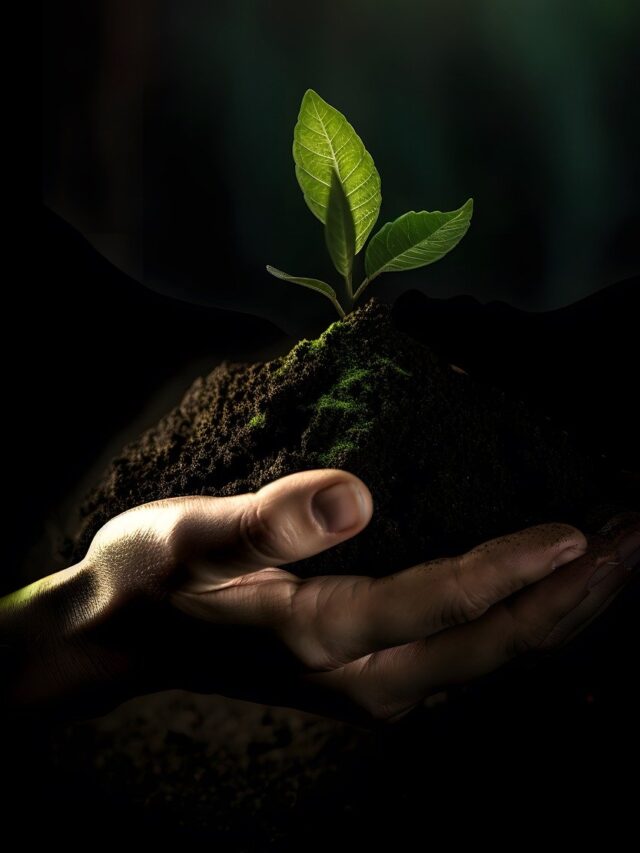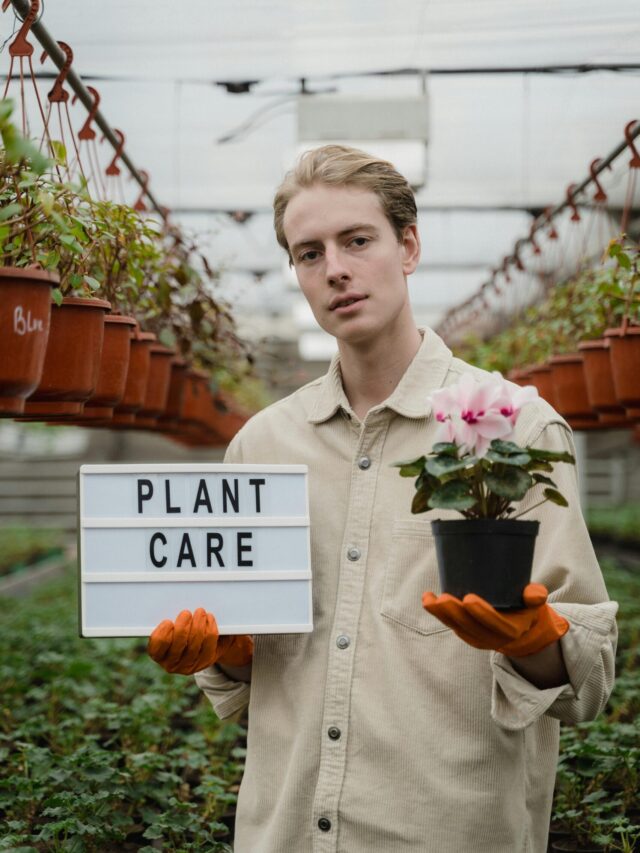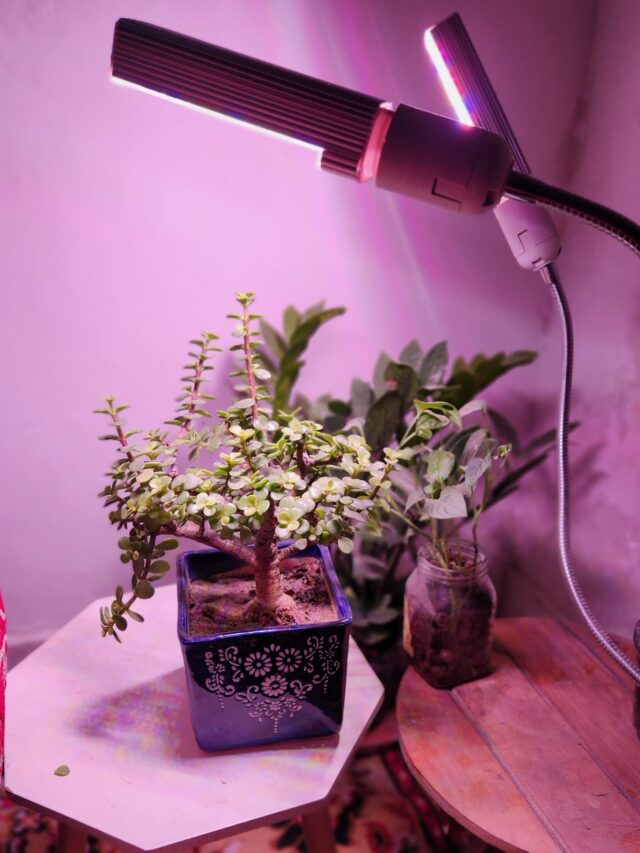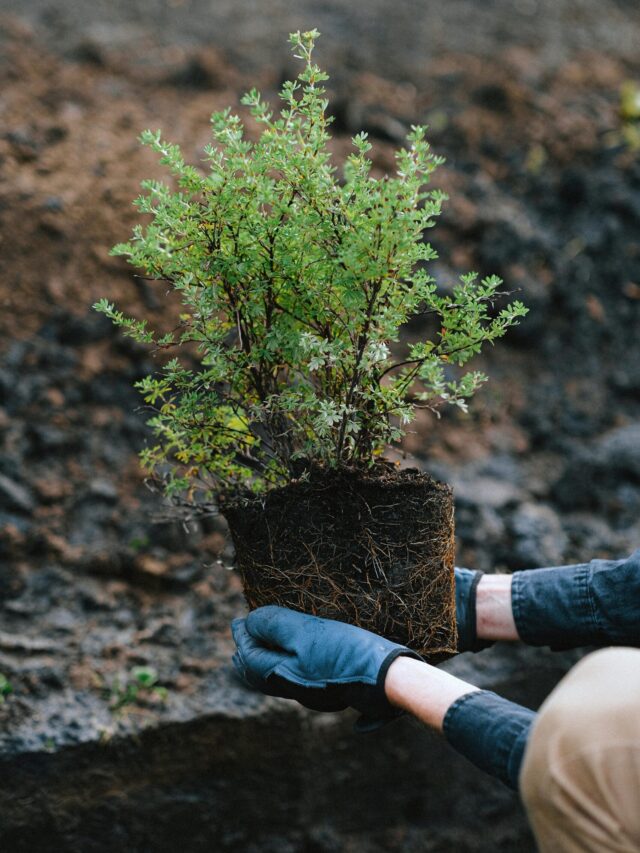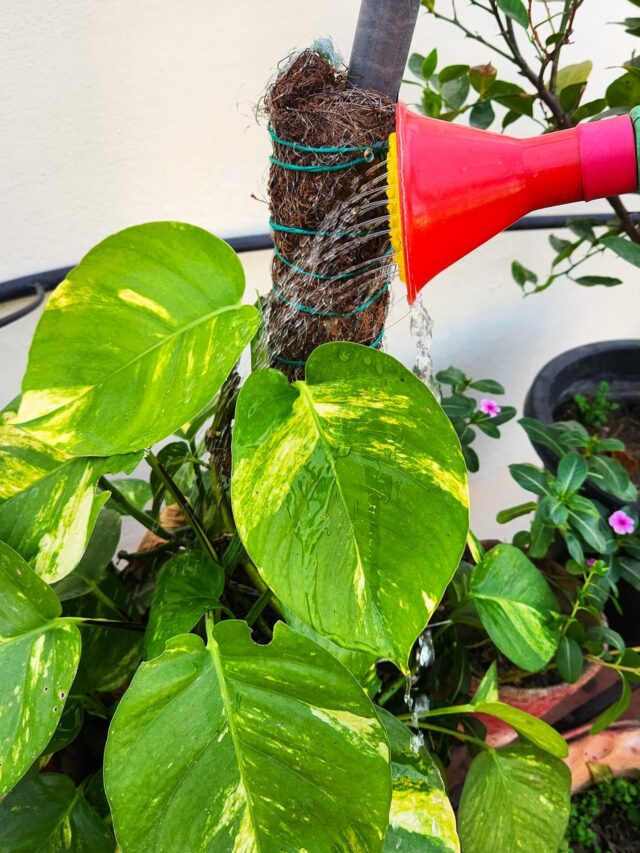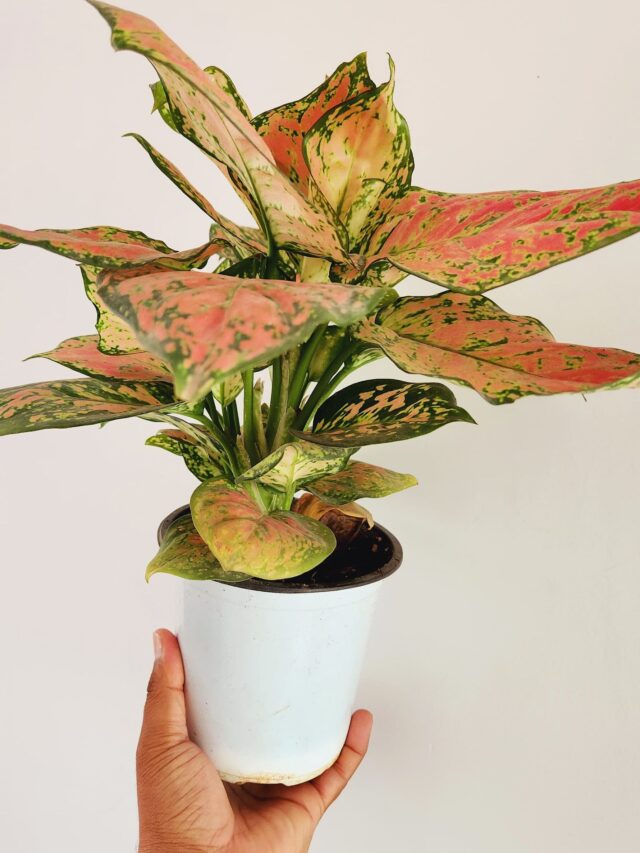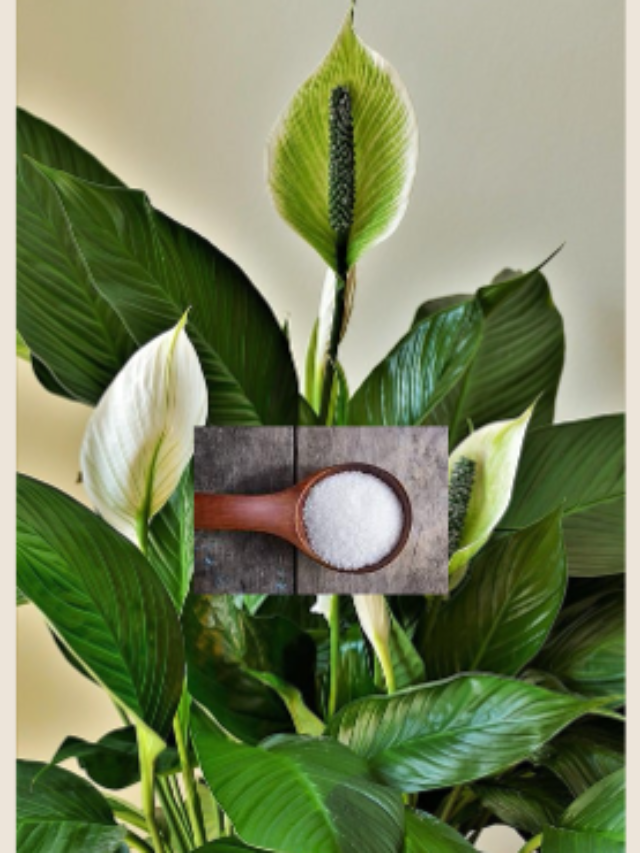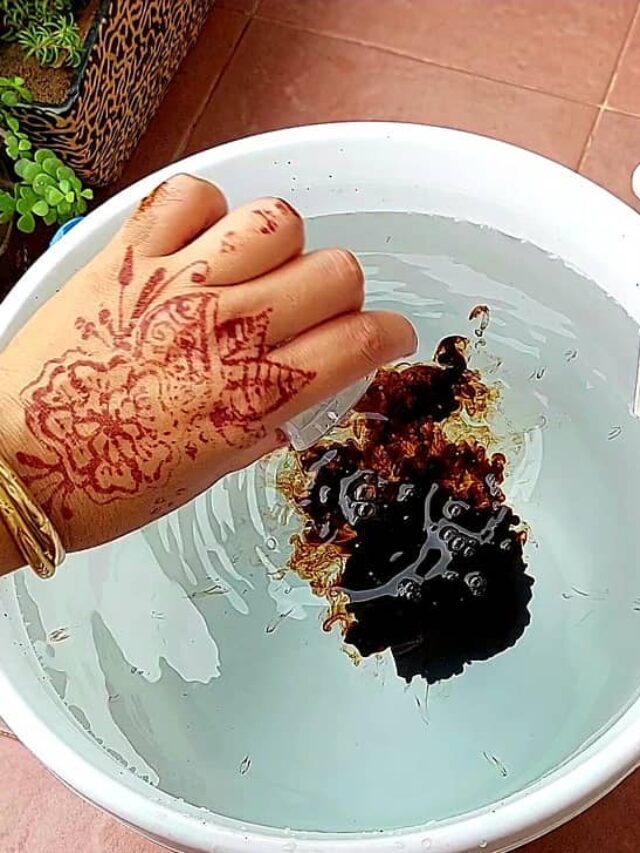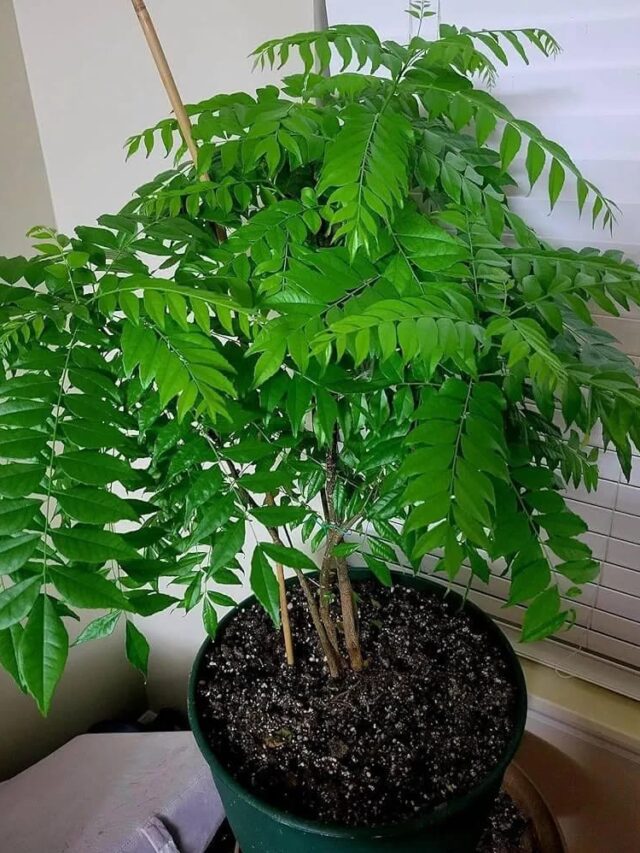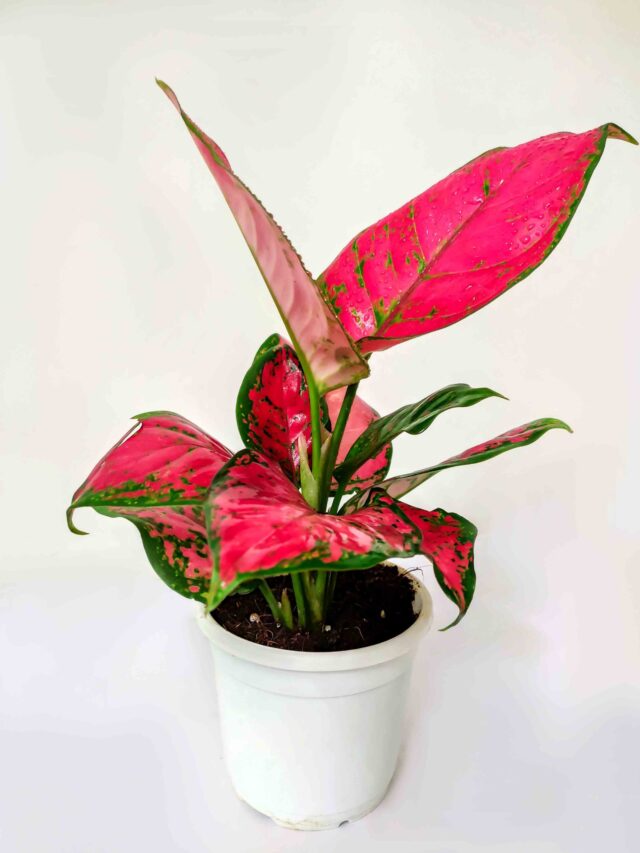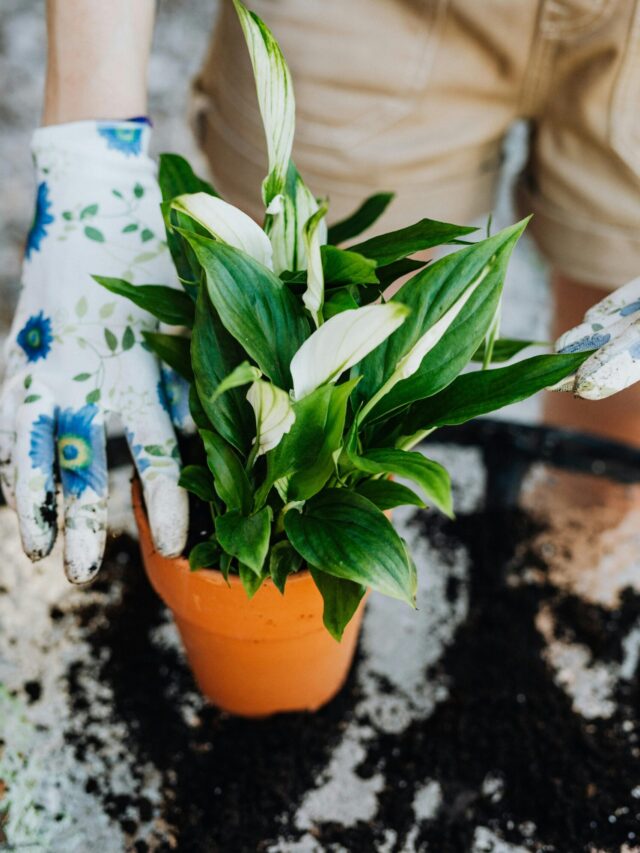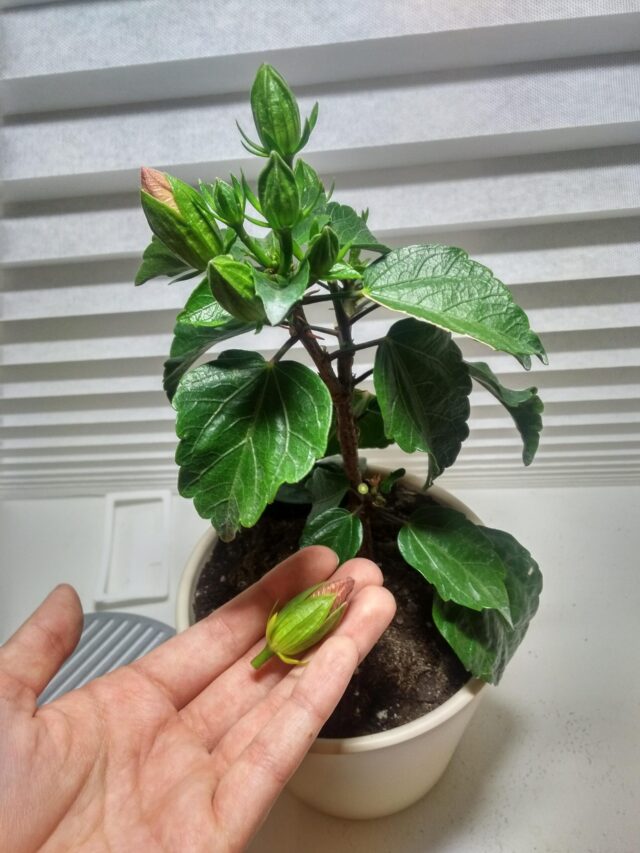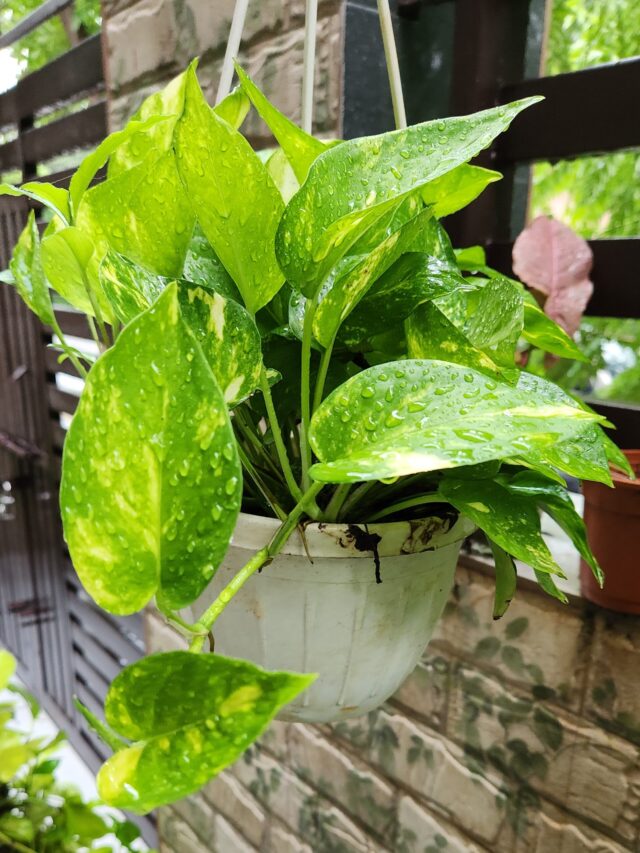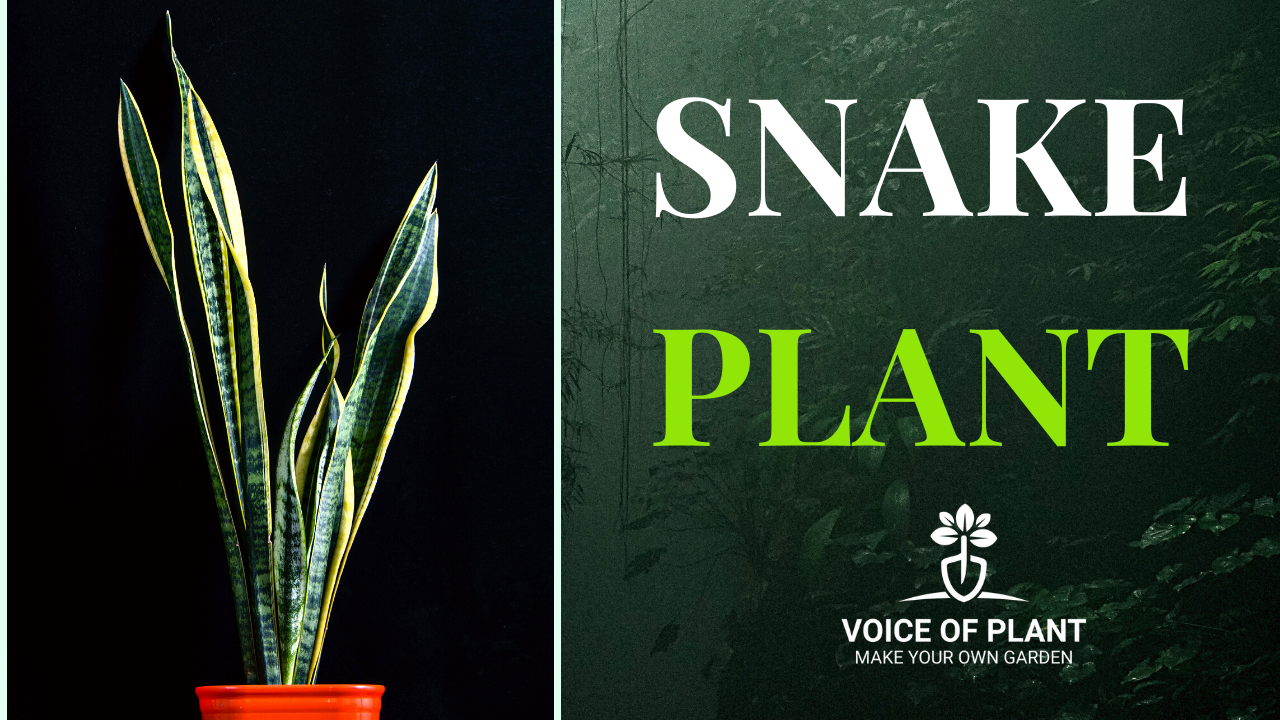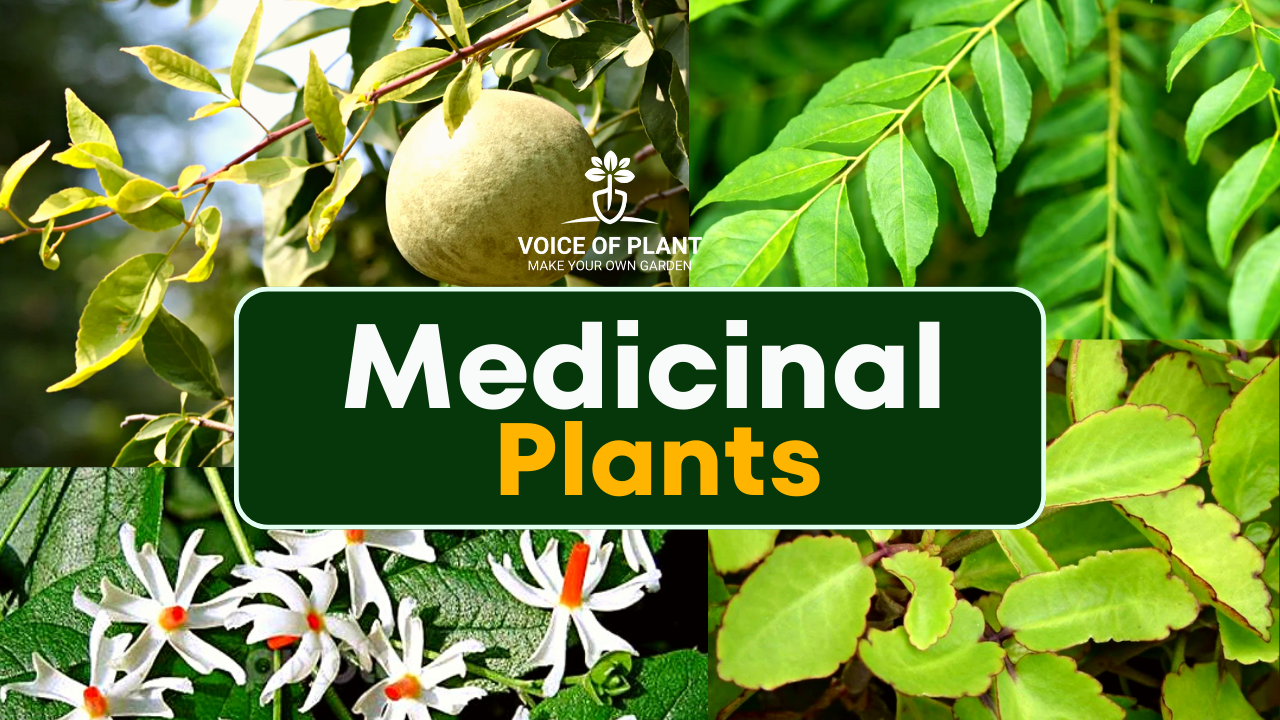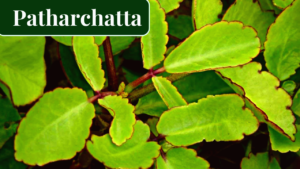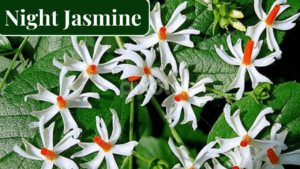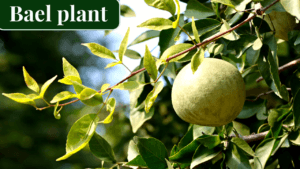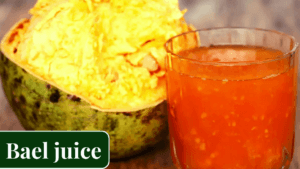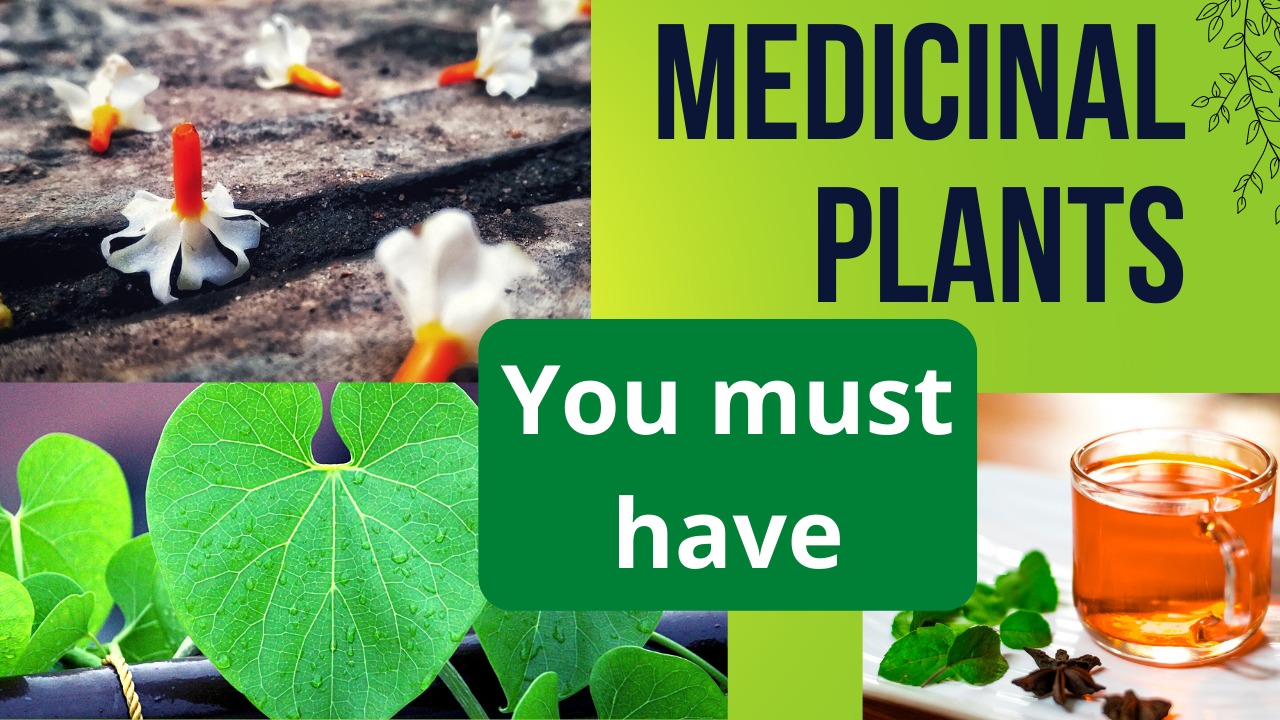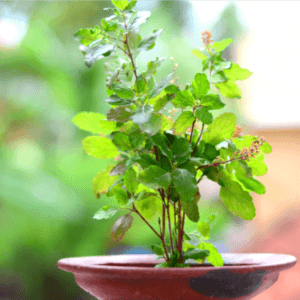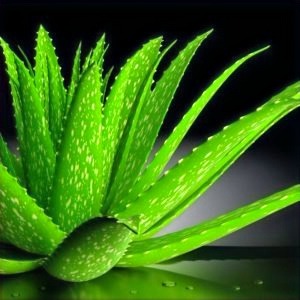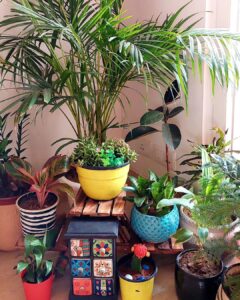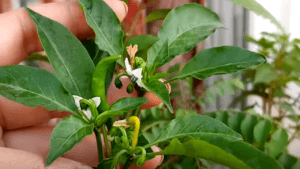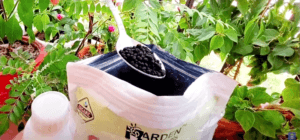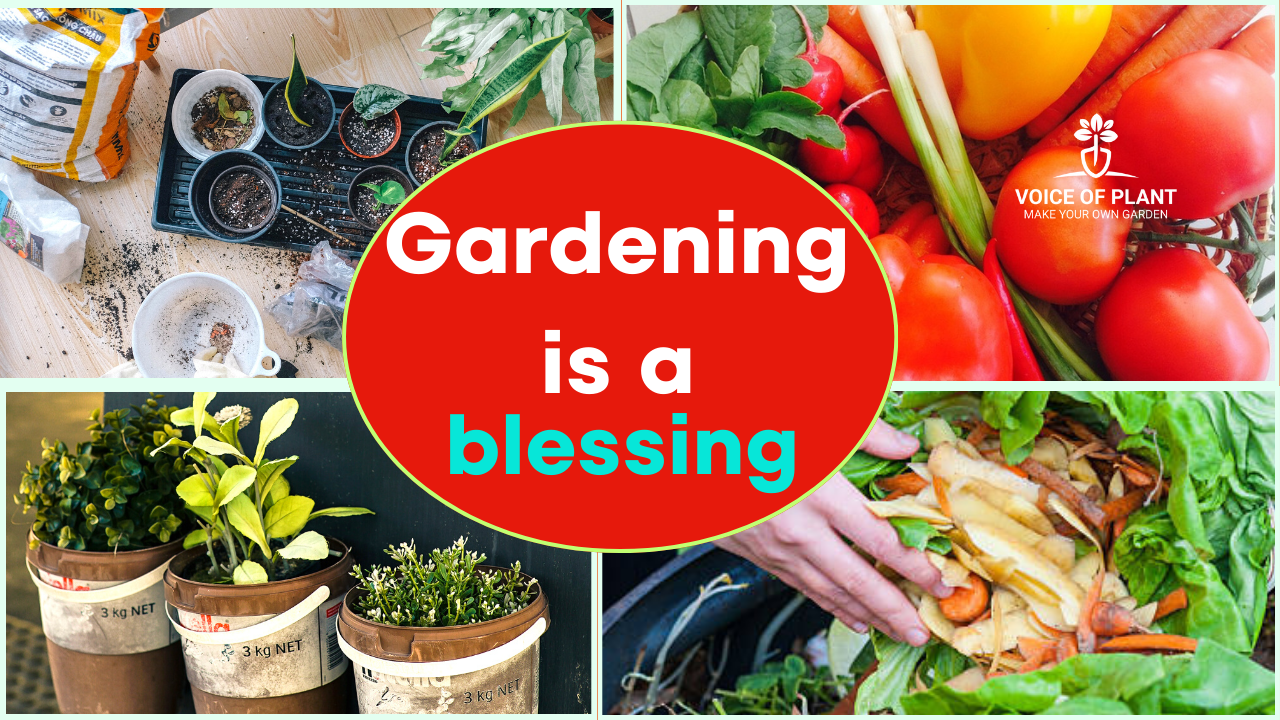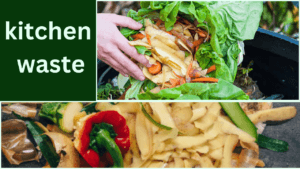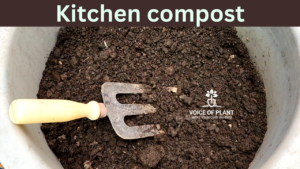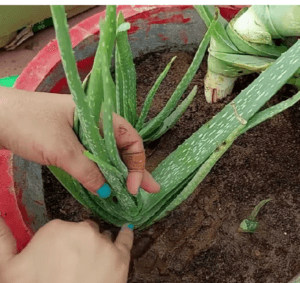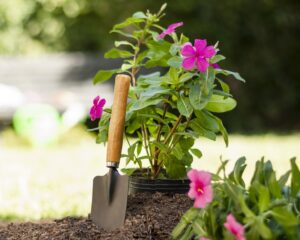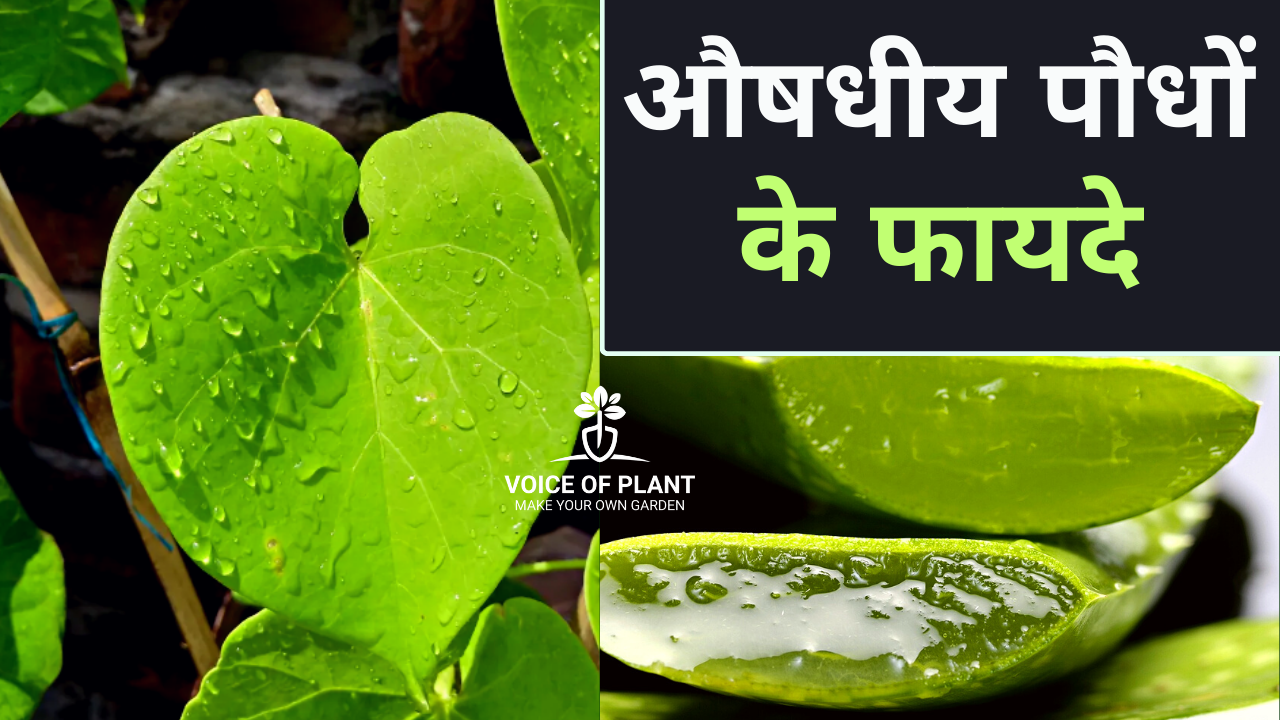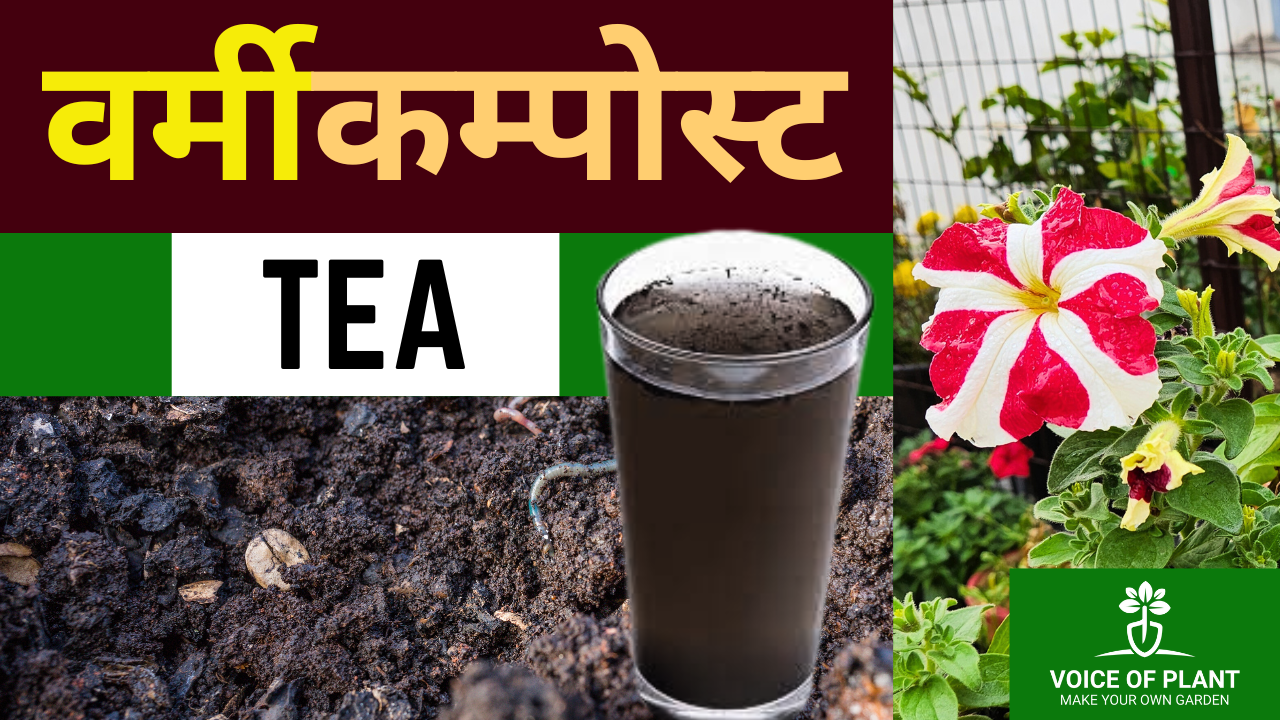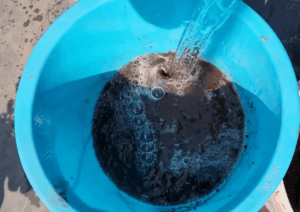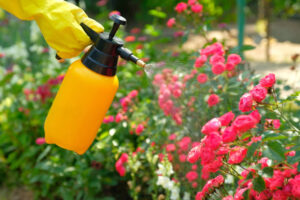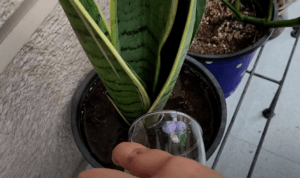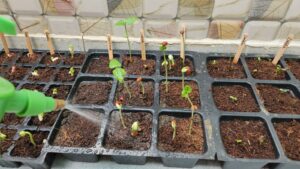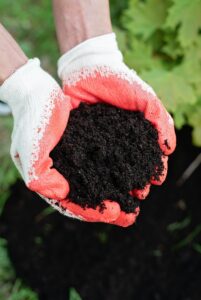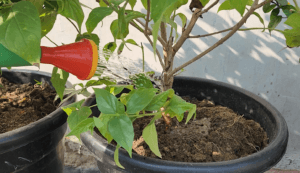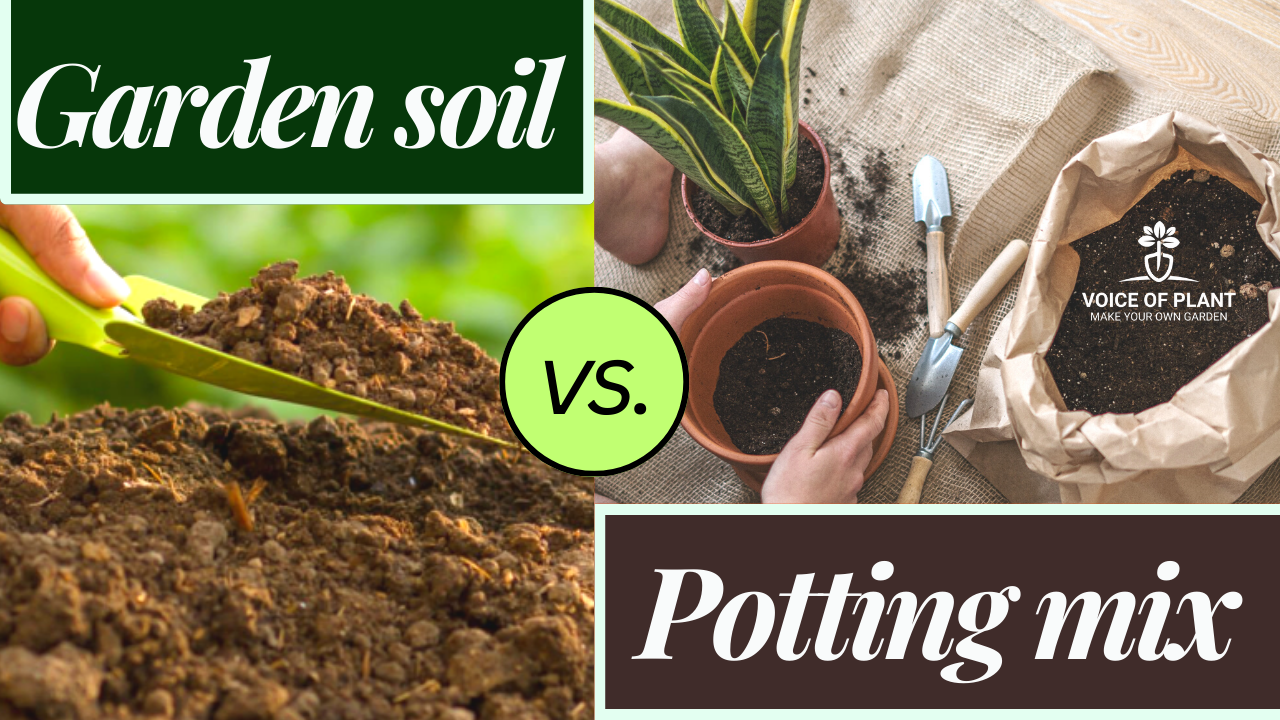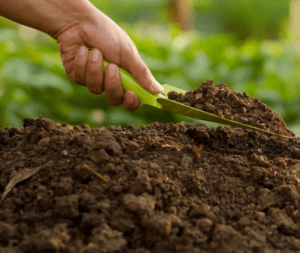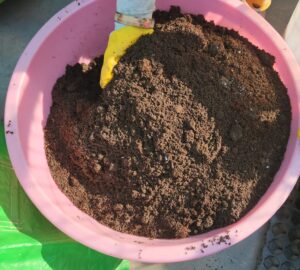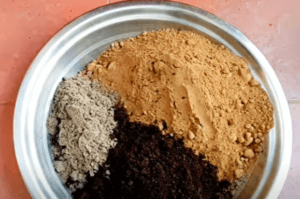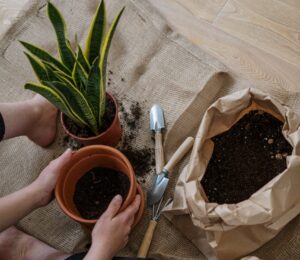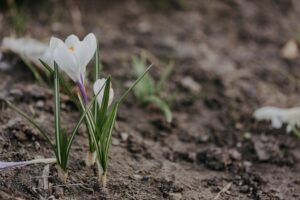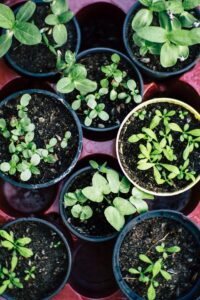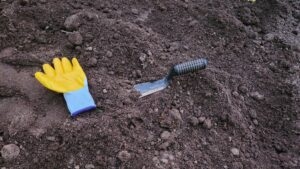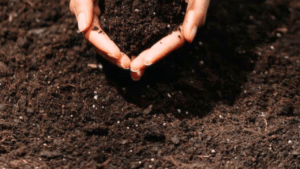How to Grow and Care Snake Plant
Nowadays there is a lot of trend for indoor plants. People like to have indoor plants in their homes and offices. This not only increases the beauty of the homes and offices but also brings positive energy along with it.

One of the most commonly grown indoor plants, the “Snake plant” has gained popularity due to its hardiness and ease of growing and air-detoxifying properties. Snake plants are often used as home decorations, as they are very attractive to look at. They can be seen in almost all places.
In this article, we will discuss complete care and tips on Snake plant such as;
- watering tips for snake plant,
- sunlight for snake plant,
- fertilizers for snake plant,
- soil mixture for snake plant,
- propagation for snake plant,
- repoting tips for snake plant, and many more.
Snake plants are recognized for their evergreen-looking sword-shaped leaves. Its leaves grow upwards and look like a sword.
Snake plant is also known as “mother-in-law’s tongue”, “St George’s sword” or “viper’s bowstring hemp”, as it is one of the sources of plant fibers used to make bowstrings.
Features of Snake plant
Common name: Snake plant, mother-in-law’s tongue
Scientific Name: Dracaena trifasciata (formerly Sansevieria trifasciata)
Maintenance: Low-maintenance
Water: When the soil dries completely
Sunlight: Bright/Medium Light
Snake plant is a life-giving plant
-
- The snake plant is a life-giving plant as it increases the level of oxygen in the atmosphere to a remarkable level.
-
- It is also known for its ability to help remove toxic air pollutants.
-
- It purifies the air and maintains the freshness in the room.
Why is it called a Snake plant?
It has leaves with a snake-like texture and from the top, it looks like a snake’s hood. This plant does not attract any snakes toward it. It is just the physical appearance of the plant which gave it the name “Snake plant”.
Snake plant care tips
Snake plant requires very little care in maintenance. This is the reason why people easily plant it at home.
- The snake plant is a flexible, hardy plant and can survive in relatively dry environments both indoors and outdoors.
- If you plan to plant a snake plant in your home, then it is important for you to take care of some things.
Now, let’s discuss some important tips to care for the Snake plant:
1. Watering for Snake plant
Often people do not know when and how to water the snake plants. So, let’s discuss some of the important points on “how to water snake plants”.
The snake plant is a succulent and its requirements are a little different from any other plant. Its leaves already have moisture locked in so, it does not require much water. The biggest reason for the failure of this plant is overwatering or underwatering.
Before watering to Snake plant, follow the below steps:
Give water only, when the soil is completely dries
-
- Water the snake plant only when the soil is completely dry.
- Dig the top layer of soil at least for 2-3 inches not only the topmost layer, if it is dry till 2-3 inches then only give water.
- When giving water, give it properly because the next watering might be done after 10-15 or 20 days.
Always give water at regular intervals
-
- It should not be like that in the first go, your plant was watered at the gap of 4 days, and in the next round break of 20 days was taken.
- The plant would start decaying in that case.
- Always maintain the frequency of a 7-8 days gap.
- During winter, it would need less water.
Important note:
-
- Clean the leaves twice a month with a wet wipe or tissue paper.
- Water should not get stagnant on the leaves, leaves might rot out.
- Too much water can rot the roots of this plant.
Rainwater is good for Snake plant
-
- Rainwater is good for this plant but not rain showers.
- Store the rainwater in a bucket and give it to them (it works as a tonic for this plant).
- Whenever it rains, shift them to shaded areas where rainwater would not fall directly.
2. Sunlight for Snake plant
Never keep snake plants in direct sunlight. Indirect sunlight is best for a snake plant. Bright light and medium light areas are the best for snake plants.
The ideal temperature for a Snake plant:
-
- This plant grows well throughout the year, and may slow down for some time but does not stop growing.
- The perfect temperature for this is 15-35℃.
- During very high temperatures it slows down its growing speed.
- In the course of extreme cold, it should be kept inside.
- Save it from direct dew. Otherwise, it might start decaying but it will recover also as soon as the weather changes.
Important note:
- Never beautify the corner (where there is no light) of your home with a snake plant because it would not survive in darkness. Snake plants would not hold on in darkness or dark areas.
3. Fertilizers for Snake plant
Snake plants are never fed by strong fertilizers because they do not give any fruits, flowers, or dense leaves.
- It is just that the right fertilizer at the right time is the key followed by this plant for fruitful growth.
Fertilizers thrice a year is the agenda here.
- Once in February, preferably cow dung fertilizer.
- Next in July end, vermicompost tea can be given at this time.
- After that, at the start of November, – you can use Mustard cake liquid fertilizer.
- Mustard cake fertilizer is warm in nature and at this time winter starts, so it will help the soil to maintain its temperature.
- Moreover, stored rainwater also acts as a tonic for it. Keep on giving that also whenever it rains.
4. Soil mixture for Snake plant
The soil of a snake plant is different from other plants because it is succulent.
- Never go for clay soil.
- Always go for a sandy mixture soil.
Follow the below steps to make the best soil mixture for snake plants:
1. Take river sand which should be 50% of the total mixture.
2. Take local soil (available in your area) which should be 25% of the total mixture.
3. Take compost which should be 25% of the total mixture.
How to make the best soil mixture for snake plants:
1. Take the local soil (available in your area).
2. Sieve it and clean it properly.
3. There should not be any plastic, glass pieces, termite, or insects in it.
4. Any compost can be taken like vermicompost, leave compost, cow dung, and kitchen compost.
5. Mix the proposed quantity of each ingredient properly.
6. A very little quantity of neem cake can be added to prevent fungus and insects.
5. How to propagate the Snake plant?
1. Select a small pot with a proper drainage hole at the bottom.
2. Fill the pot with the prepared mixture and pour some water.
3. Now, remove the plant from the existing pot by loosening the soil. Do it very carefully.
4. The roots of this plant are very small. Divide the plant into different parts by cutting it from the main root(called naadi).
5. Now, take one divided plant and place it inside the soil by making holes in the soil.
6. Cover the roots properly with soil. Do not give water now, as it was already given before placing the plant.
7. Place the pot where there is light but not direct sunlight.
8. Keep them undisturbed for a few days, and pour water when the soil gets dry.
9. They will bloom and flourish in heavy dense plants sometimes.
6. When to repot the Snake plant?
-
- This plant is always available in pots, not in polybags.
- Do not transfer it unnecessarily, give time to get it settled at your place.
- Report it when it is required as this plant does not like unnecessary disturbance.
- Shift this plant when the existing pot gets full by small -small baby plants.
- Take one size bigger pot from the existing pot.
- Do not go for a very big pot.
Important note:
-
- Always prefer small pots for Snake plants.
- It loves root bound. This plant loves roots bound and small – small pups propagate in these bounded roots.
- If it is grown in a big pot, then its roots will take more time to spread and more time for the propagation of pups.
- Hence, more time will take to grow and become dense.
7. How to deal with rotten Snake plants?
-
- If you have a snake plant whose leaves started decaying then first of all cut out all the leaves which are rotting.
- Now, keep it in any corner where there is a medium or bright light (not in direct sunlight).
- Do not feed any fertilizer or water.
- Just keep it for some days undisturbed and it will start recovering on its own.
8. Best time to purchase & grow
-
- March-October is the best time to buy snake plants.
- Always prefer dense snake plants with 2-3 pups while buying them from the nursery.
9. Availability, Cost, and Varieties of Snake Plants
- Snake plants are easily available at all nurseries and can be bought for Rs 100-200.
- Approximately it has 60-70 varieties in it but 10-12 categories are the most common and easily available.
- Some are very long, some can be short, and denser, and some are in different colors.
- For indoors, long ones are not preferred. Opt for the more dense plant to keep indoors as they look more beautiful.
So, this was all about “SNAKE PLANT”.
Follow our Social media channel:
1. Voice of Plant – YouTube Channel
2. Voice of Plant Facebook Page
3. Instagram Voice of Plant Channel
Happy Gardening!
Make Your Own Garden!
